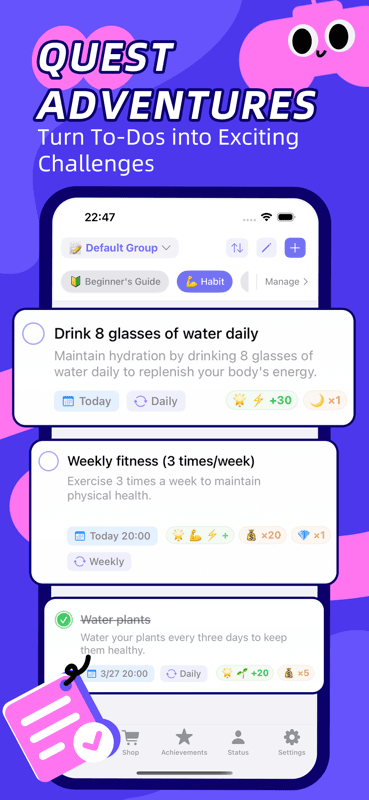Why ulives: the iOS successor to LifeUp
· 6 min read
We turned the idea of “bringing LifeUp to iOS” into a real, continuously evolving app: ulives. If you’re searching for “LifeUp iOS”, “LifeUp iOS version”, or a “LifeUp iOS alternative”, this post walks through why ulives exists, how it improves on LifeUp, and what we’ve shipped in the first three months.
